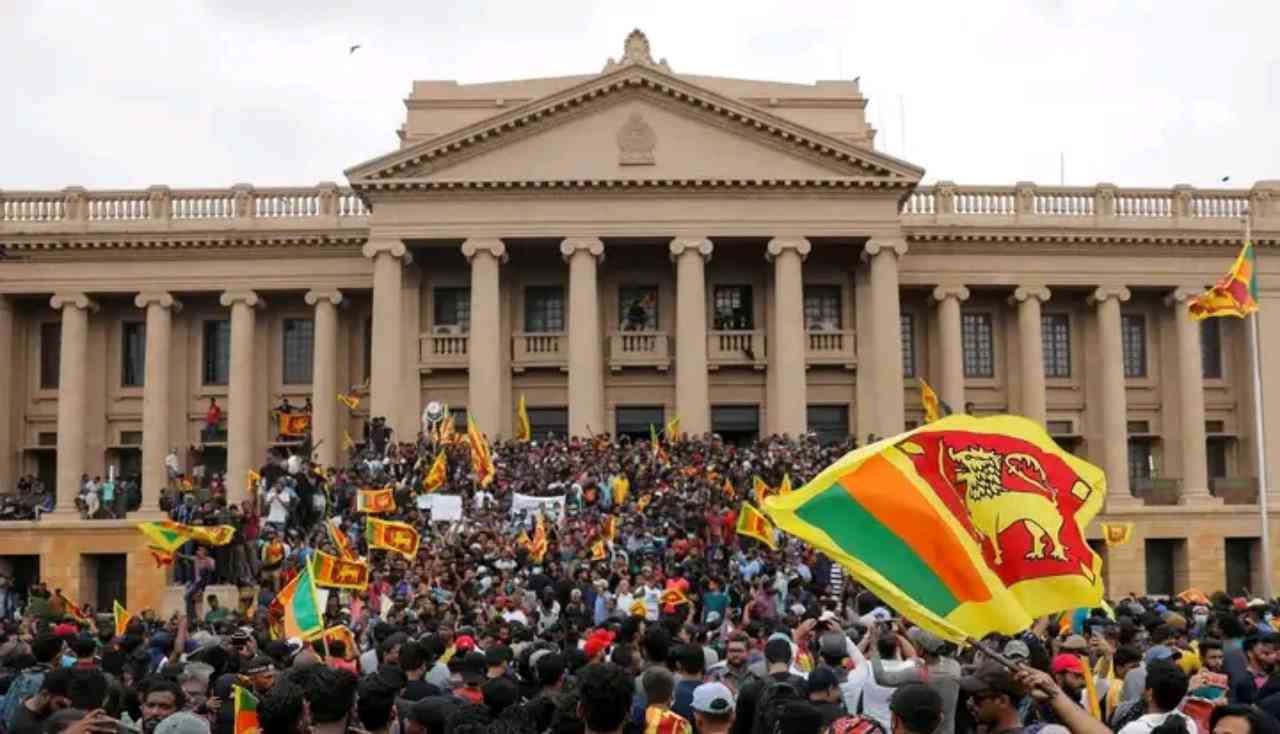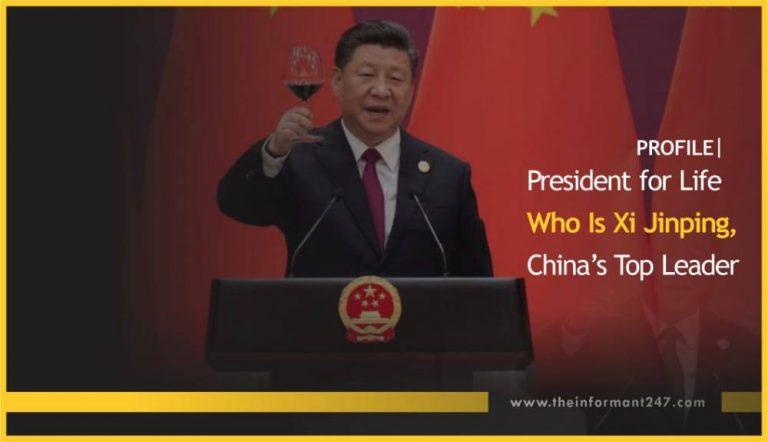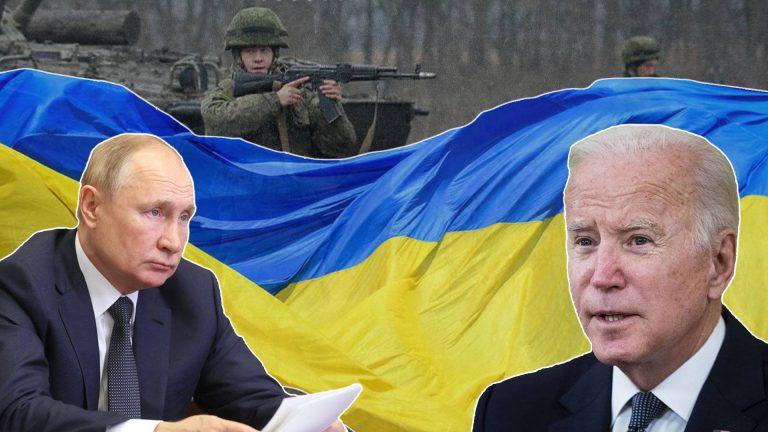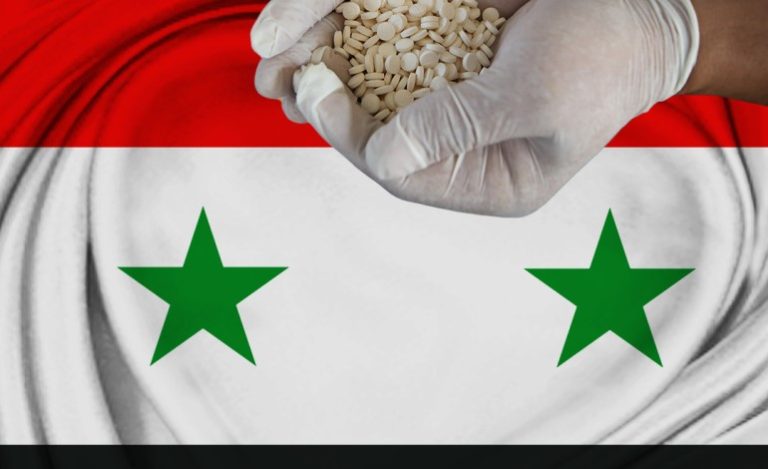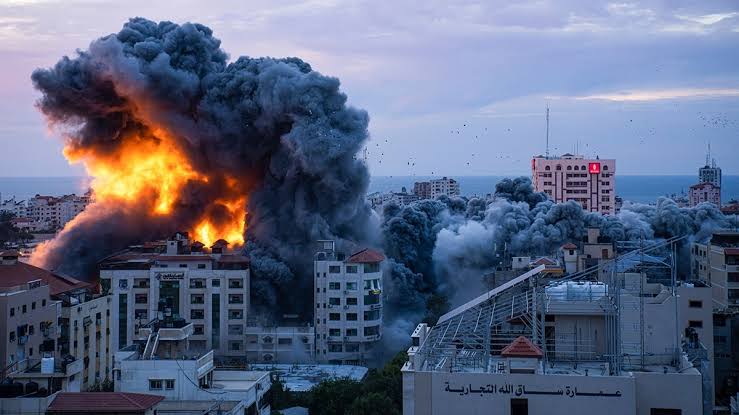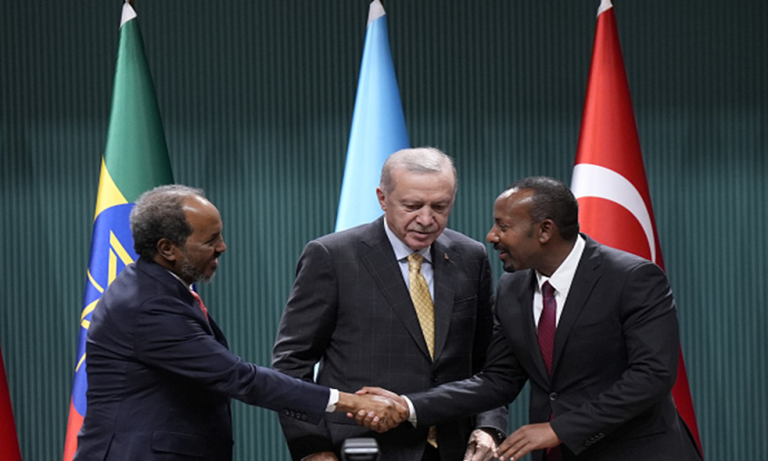EXPLAINER | Sri Lanka’s crisis explained in 500 words
Emerging world economies are facing a debt crisis and several of them are forced to cut their spendings while others seek external financial aid to stay afloat.
Clearly, the national budgets of developing nations are at a breaking point and in the case of Sri Lanka, it is a total collapse.
The island nation of 22 million people finds itself in the throes of a huge economic crisis, the worst since independence in 1948.
In an outpouring of revulsion, thousands of Sri Lankans stormed key government buildings including the official residence of ex-president, Gotabaya Rajapaksa on July 9 in Colombo, the state capital.
Currently, the state of affairs in the country is quite chaotic as the economic crisis gravitates into political upheaval.
What factors led to the crisis?
The South Asian country runs low on foreign cash reserves and faces regular power cuts, acute shortages of food, fuel, medicines, and other essentials.
Primarily, the source of the economic crisis is linked to the mismanagement of public funds by the past administrations, including that of erstwhile president, Gotabaya Rajapaksa who resigned on July 14.
The state under his watch initiated huge tax cuts and forced farmers to go completely organic.
Gotabaya banned the use and import of all chemical fertilizers and that had a dampening effect on the agricultural sector.
Ultimately, the policies led to skyrocketing inflation and soaring food prices which were further heightened by a depletion in the tourism sector — an important source of foreign currency and the COVID-19 pandemic.
Rising public anger
Confronted with the unprecedented economic crisis, public anger shot up in March and the people called for a complete overhaul of the Gotabaya-led government, including his official resignation and that of the prime minister.
President Gotabaya and his brother, Mahinda Rajapaksa, who resigned on May 9 as prime minister, both stem from the all-powerful Rajapaksa family.
Considerably, the Rajapaksa dynasty for the majority of the last two decades has dominated the politics of the island nation and the citizenry blames them for corruption, maladministration, and nepotism.
The current economic woes has led Sri Lanka to seek financial aid and negotiate a huge bailout package with the International Monetary Fund (IMF). Countries such as China, Japan, and India are turning in their support.
What does the future hold?
Following the resignation and inglorious flight of president Gotabaya Rajapaksa abroad, Ranil Wickremesinghe who took over from Mahinda Rajapaksa as prime minister in May was sworn in as interim president on Friday, July 15.
However, a new president is expected to be elected by parliament on July 20 to complete the five-year presidential term of Gotabaya Rajapaksa which ends by 2024.
Hopefully, a power shift will take Sri Lanka out of the woods and towards a better future. Political stability is required to weather the current economic crisis and set the country on the path to recovery.
A lot will depend on future political decisions and whoever takes charge as president will be in for a monumental task to completely change the narratives.
Read Also: EXPLAINER | Russian invasion of Ukraine explained in 600 words
Checkout: ANALYSIS | Is China set to mount a full-scale takeover of Taiwan?

